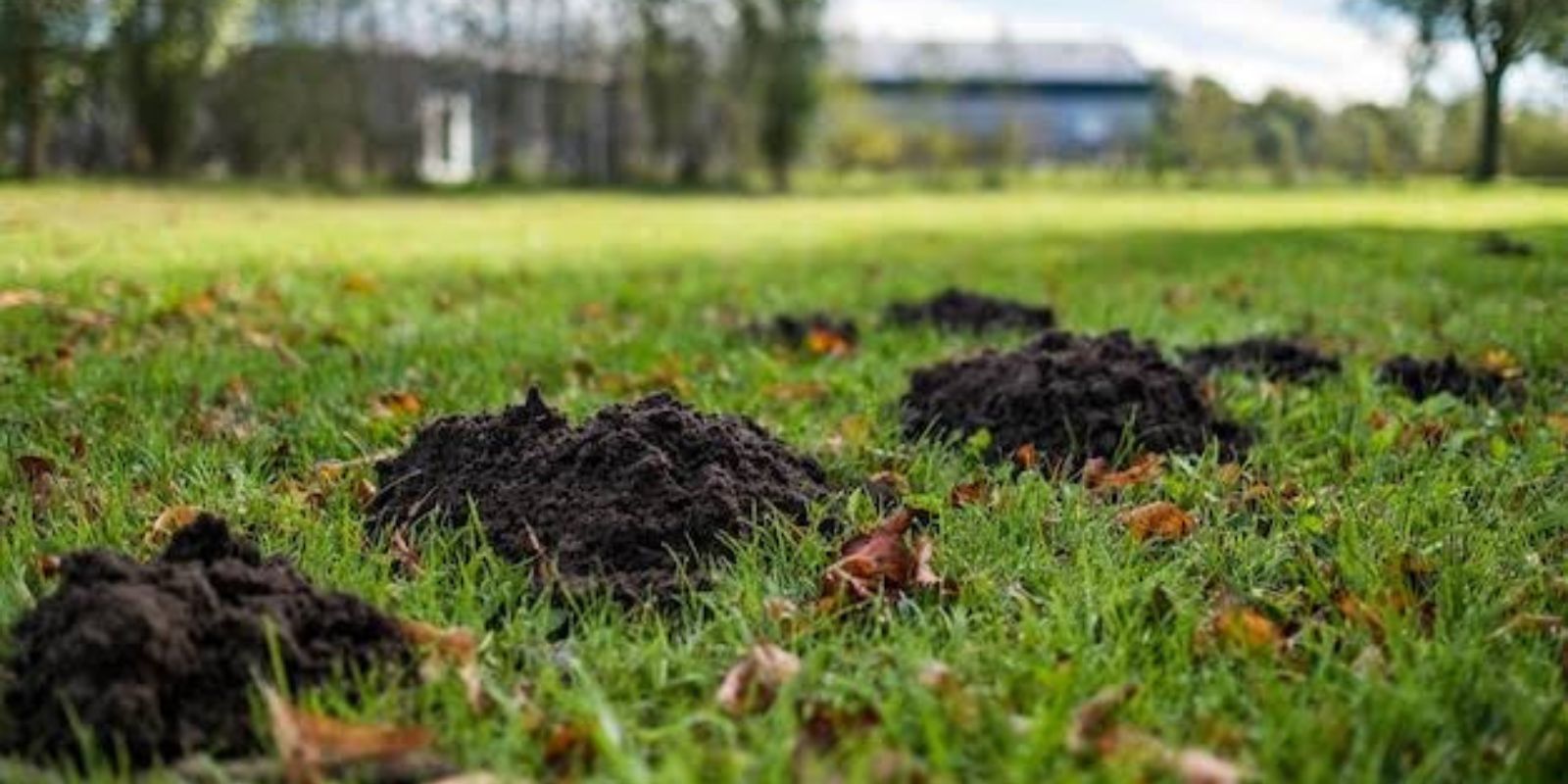Ground moles may be small, but the damage they cause to your lawn and garden can be significant. These subterranean creatures tunnel through your yard, creating unsightly mounds, damaging root systems, and disrupting your carefully maintained landscape. The fall season is the perfect time to tackle mole problems head-on, as moles prepare for winter by digging deeper and becoming more active. In this article, we’ll explore everything you need to know to eliminate moles from your yard once and for all.
Understanding Ground Moles
Before diving into solutions, it’s essential to understand your opponent. Ground moles are small mammals that live underground, feeding primarily on insects, earthworms, and grubs. They are not rodents but insectivores, meaning they consume high amounts of protein-rich soil-dwelling pests.
While moles don’t eat plant roots, their tunneling can disrupt root systems, damage grass, and create uneven surfaces. If left untreated, they can ruin your lawn’s aesthetic and harm the health of your plants.
Signs of Mole Activity
- Raised Tunnels: Surface ridges caused by shallow digging.
- Molehills: Circular mounds of soil where moles push dirt to the surface.
- Soft, Uneven Ground: Areas where tunneling has loosened the soil.
Once you’ve identified these signs, you can begin your mole removal efforts.
Step 1: Eliminate Their Food Source
Moles thrive in soil with abundant grubs and earthworms. Reducing their food supply will make your yard less appealing to them.
- Grub Control: Apply nematodes or a natural grub killer to target larvae in your soil.
- Soil Maintenance: Regularly aerate and fertilize your lawn to improve soil health and reduce pest populations.
By removing their primary food source, you encourage moles to move elsewhere.
Step 2: Use Mole Repellents
Repellents are an effective way to discourage moles from staying in your yard. Options include:
- Castor Oil-Based Repellents: Available in stores, these repellents irritate moles and drive them away without harming them.
- DIY Repellent: Mix 1 cup of castor oil with 2 tablespoons of liquid dish soap and dilute with 1 gallon of water. Spray it over affected areas.
- Plant Deterrents: Grow mole-repelling plants like marigolds, daffodils, or garlic around your yard’s perimeter.
Repellents are a humane and eco-friendly option for mole control.
Step 3: Set Mole Traps
If repellents and food elimination don’t work, trapping is the most effective way to deal with persistent moles.
- Types of Traps: Scissor traps and harpoon-style traps are commonly used.
- Placement: Locate active tunnels by flattening ridges and checking which ones are rebuilt the next day. Place traps directly in these tunnels.
- Timing: Check traps daily and remove caught moles promptly.
Trapping requires precision but yields quick results.
Step 4: Block Tunnels and Entry Points
Sealing off tunnels prevents moles from returning or burrowing further.
- Fill Tunnels: Use soil or sand to pack tunnels tightly.
- Add Barriers: Place a layer of wire mesh or hardware cloth beneath your lawn or garden bed to deter moles from digging back in.
- Border Deterrents: Install underground barriers around your property’s perimeter for long-term protection.
These physical barriers ensure moles can’t reinvade your space.
Step 5: Encourage Natural Predators
Nature offers its own solution to mole problems: predators. Owls, snakes, and foxes are natural enemies of moles.
- Install Owl Boxes: Attract owls to your property to control mole populations naturally.
- Avoid Killing Predators: Avoid removing non-threatening wildlife like snakes that may be helping control moles.
By fostering a balanced ecosystem, you can reduce mole infestations over time.
Step 6: Maintain Your Lawn Regularly
Prevention is the key to long-term mole control. A well-maintained lawn is less attractive to moles.
- Mowing: Keep grass trimmed to discourage mole activity.
- Soil Health: Regularly aerate, fertilize, and overseed your lawn.
- Pest Control: Continuously monitor and control grubs, worms, and other soil pests.
Healthy soil and grass create an environment that’s less favorable to mole activity.
Step 7: Know When to Call Professionals
If your mole problem persists despite your efforts, it may be time to call in pest control experts. Professional exterminators have specialized equipment and techniques to deal with severe infestations.
Frequently Asked Questions
1. Are moles harmful to humans or pets?
No, moles do not pose a direct threat to humans or pets. However, their tunnels can create tripping hazards and damage your yard.
2. Will killing moles permanently solve the problem?
Not always. If your yard remains a suitable habitat, new moles may move in. Focus on long-term prevention to keep them away.
3. Are there non-lethal ways to deal with moles?
Yes! Repellents, removing food sources, and encouraging natural predators are all non-lethal options.
Final Thoughts
Ground moles may be a nuisance, but with a combination of targeted actions and regular lawn care, you can eliminate them for good. Start by reducing their food source, use repellents and traps as needed, and seal off tunnels to prevent reentry. By taking these steps in the fall, you’ll ensure a mole-free yard come springtime.
What’s your go-to mole control method? Share your experience in the comments!

